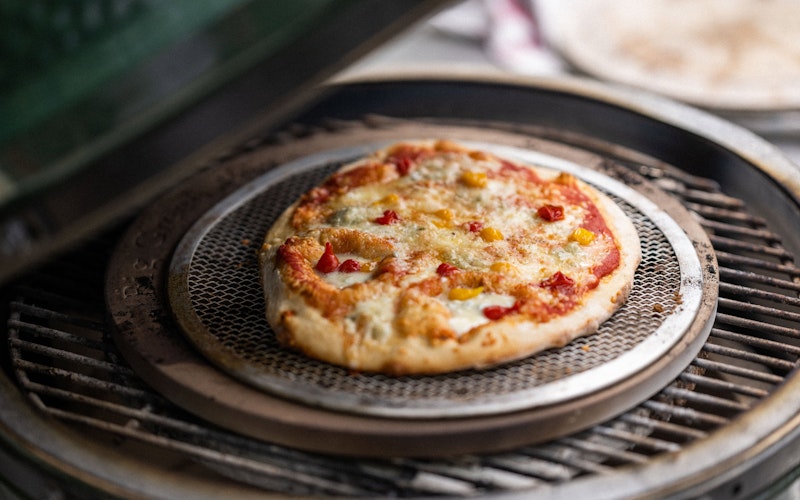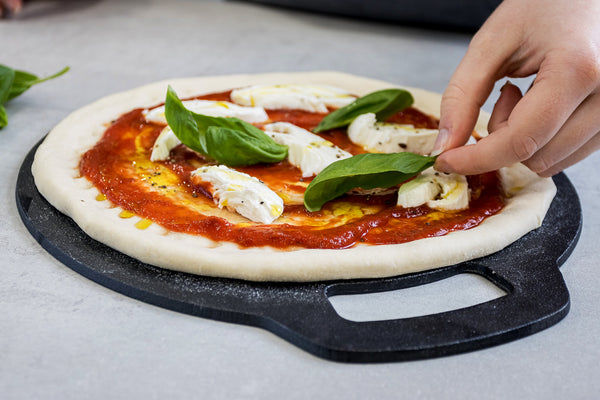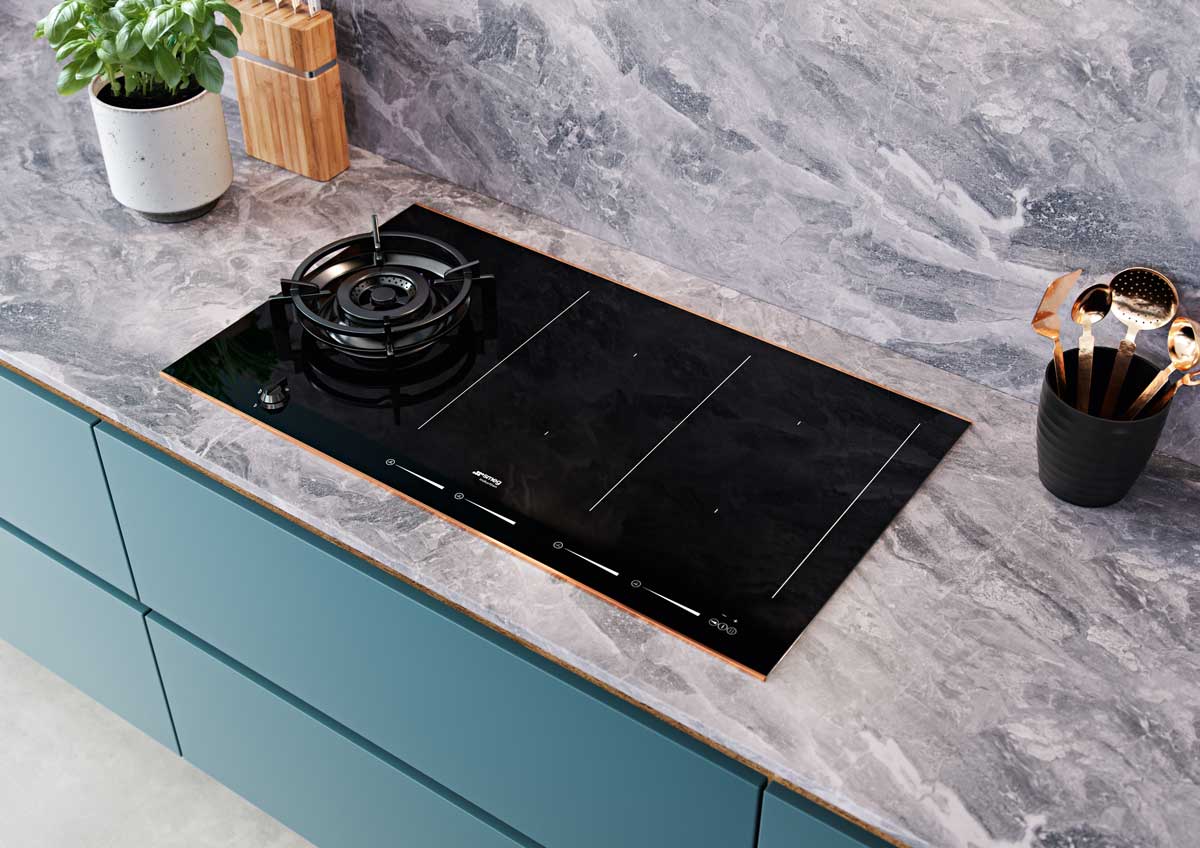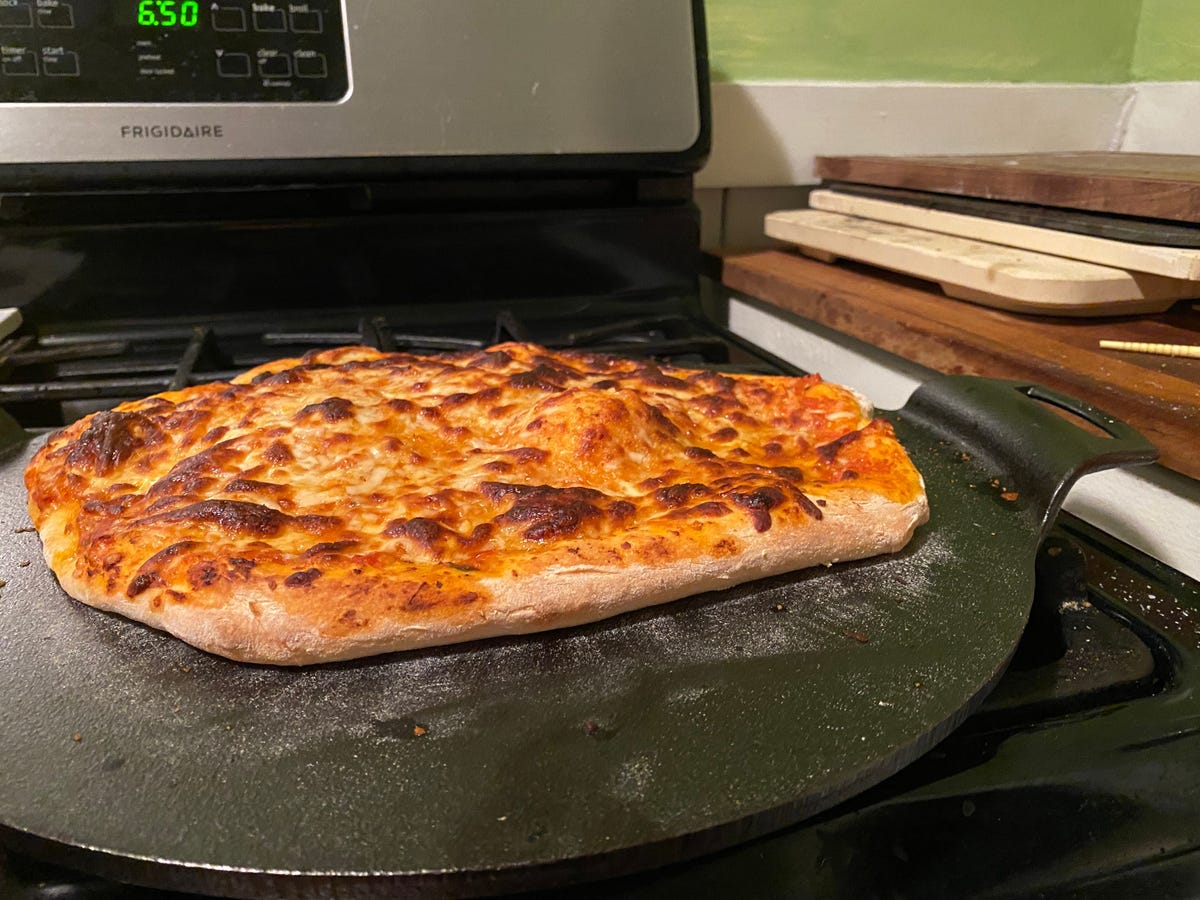As culinary professionals, we are constantly seeking methods to elevate our kitchen skills and produce exquisite dishes. Roasting vegetables on a baking stone is a technique that not only enhances flavors but also adds a layer of professional finesse to your culinary creations. Let's embark on this flavorful journey, exploring why this method is a game-changer and how it can transform your kitchen repertoire.

The Art of Roasting Vegetables
Vegetable roasting has long been celebrated for its ability to deepen flavors and achieve delightful textures. By utilizing a baking stone in this process, we open the door to even more superior results. Unlike traditional baking sheets, a baking stone distributes heat evenly, creating an environment similar to a brick oven that helps lock in the natural juices and savory aromas of vegetables.
A quintessential tool in any professional kitchen, the baking stone not only enhances texture but also significantly reduces cooking time. The porous nature of the stone absorbs moisture, allowing vegetables to roast to perfection with a precisely balanced crispiness and tenderness. For more insight on using baking stones, visit this guide.
The Science Behind Baking Stones
Understanding the science of baking stones can greatly impact the way you use them. These stones are typically made from various materials such as ceramic, cordierite, or clay, each providing unique benefits in how they handle heat. The uniform heat distribution not only cooks vegetables evenly but also preserves vital nutrients by cooking them quicker than traditional methods.
When utilizing a baking stone, preheating is paramount. Most stones require a preheat time of 30 minutes to ensure they are thoroughly warmed and ready for use, a key step that professionals understand impacts results. For effectively utilizing baking stone techniques, check the Beginners Guide for tips.
Preparing Vegetables for Stone Roasting
The preparation of vegetables for roasting on a baking stone involves several steps, each enhancing the final outcome. Select fresh, uniform-sized vegetables to guarantee consistent cooking. Season them with herbs, oils, and spices to intensify flavors. Arrange the vegetables in a single layer on the preheated stone for optimal heat exposure.
High-temperature roasting, approximately 400F to 450F, is ideal for achieving the perfect balance of crisp exterior and tender interior. The baking stone's ability to retain heat allows for a reduction in overall cooking time, a valuable feature when time is of the essence in professional kitchens.
Advantages of Using Baking Stones
Utilizing roasting vegetables on baking stone provides numerous benefits, especially for kitchen professionals who seek efficiency without compromising quality. The aesthetic appeal of perfectly roasted vegetables can enhance any menu, impressing clients and guests alike.
Moreover, the heat retention properties of baking stones allow for energy-efficient cooking. This not only benefits our environment but also represents cost savings in professional kitchens. For an exploration of similar culinary techniques, see this article.
Expanding Your Recipe Library
The flexibility of baking stones extends beyond vegetables. Experiment with meats, pizzas, and breads to expand your culinary capabilities. By incorporating the unique characteristics of baking stones, you can craft dishes that stand out, showcasing innovative cooking techniques.
For professionals eager to harness the full potential of their kitchen equipment, experimenting with a diverse range of ingredients on a baking stone can facilitate a deeper understanding of heat dynamics and flavor expression.
Conclusion
The journey to mastering roasting vegetables on baking stone is filled with opportunities to refine skills and delight consumers with unforgettable flavors. As you incorporate this method into your culinary practices, you'll find it enhances the way you approach ingredient preparation and presentation.
For pros keen on ensuring their kitchens are equipped with the best tools, see the insights from our community at this link.

FAQs
Q: Can I use any type of vegetables on a baking stone? A: Yes, most vegetables can be roasted on a baking stone, though root vegetables and denser varieties are particularly well-suited due to their ability to develop rich flavors and textures.
Q: How do I clean my baking stone after roasting vegetables? A: Cleaning should be done once the stone has cooled. Use warm water and a scraper or brush; avoid using soap as it can absorb into the porous stone.
Q: Do I need to season my baking stone? Seasoning isn't always necessary, but it can help maintain the stone, prevent sticking, and develop flavors over time.
This article contains affiliate links. We may earn a commission at no extra cost to you.






Leave a comment
This site is protected by hCaptcha and the hCaptcha Privacy Policy and Terms of Service apply.